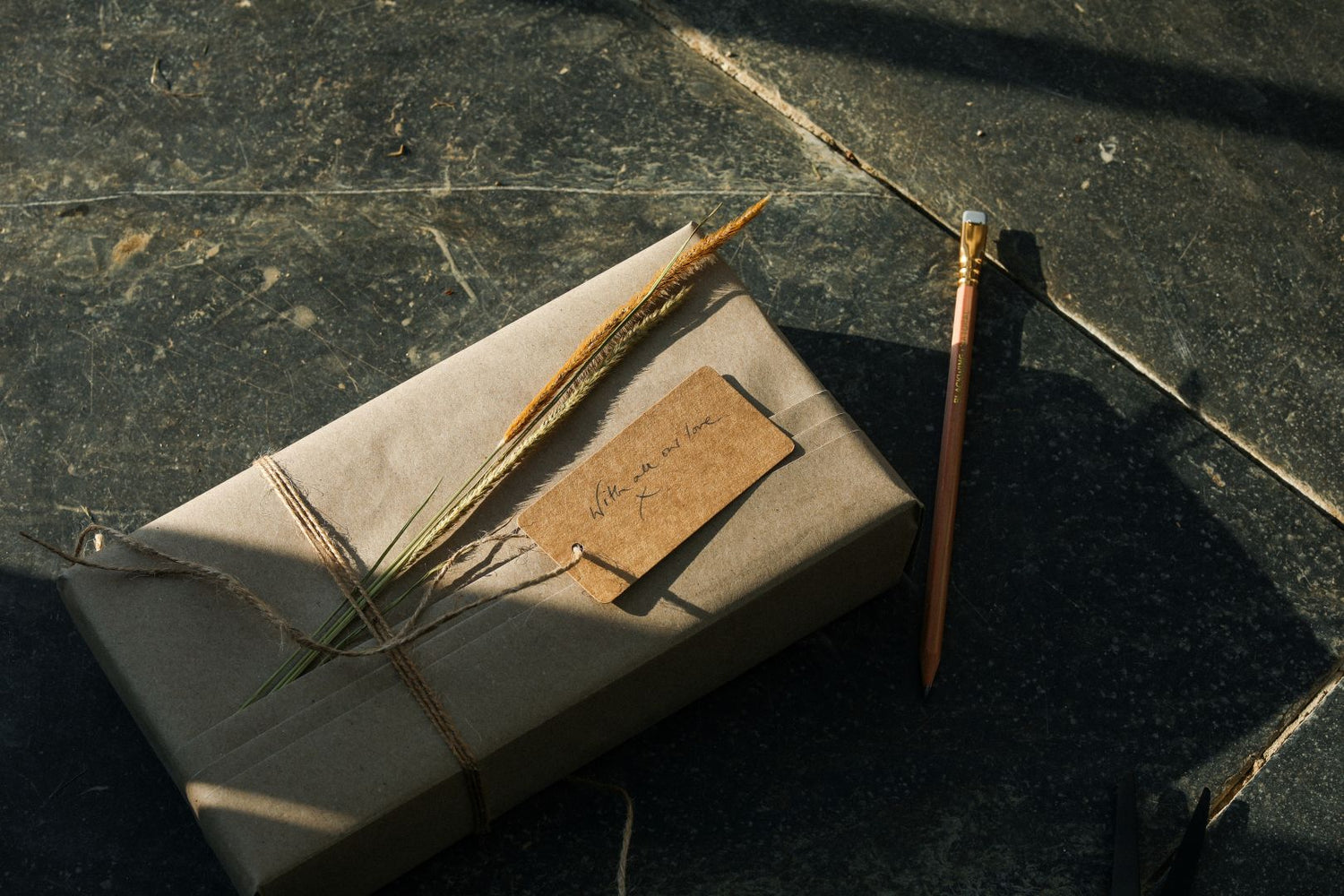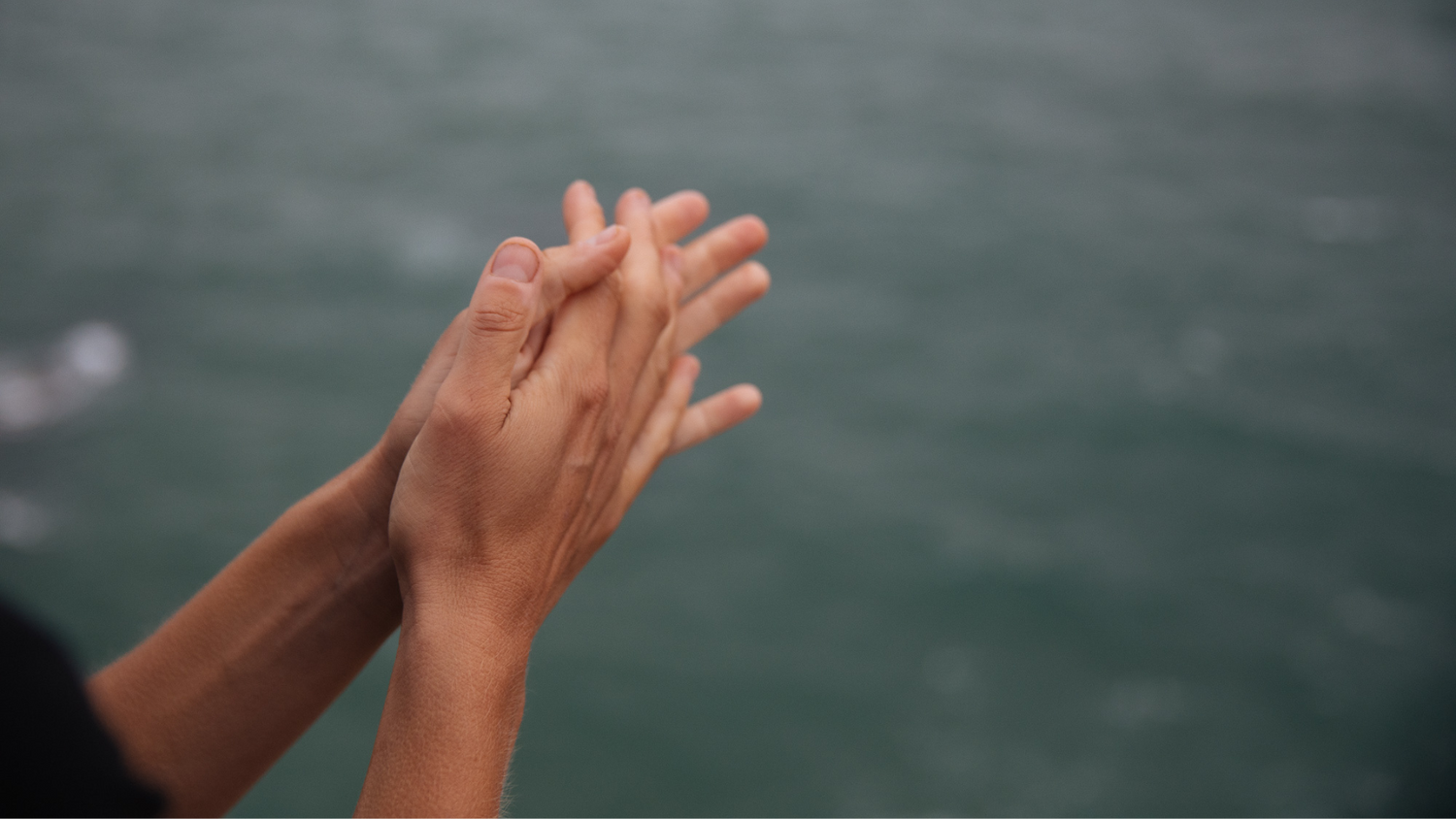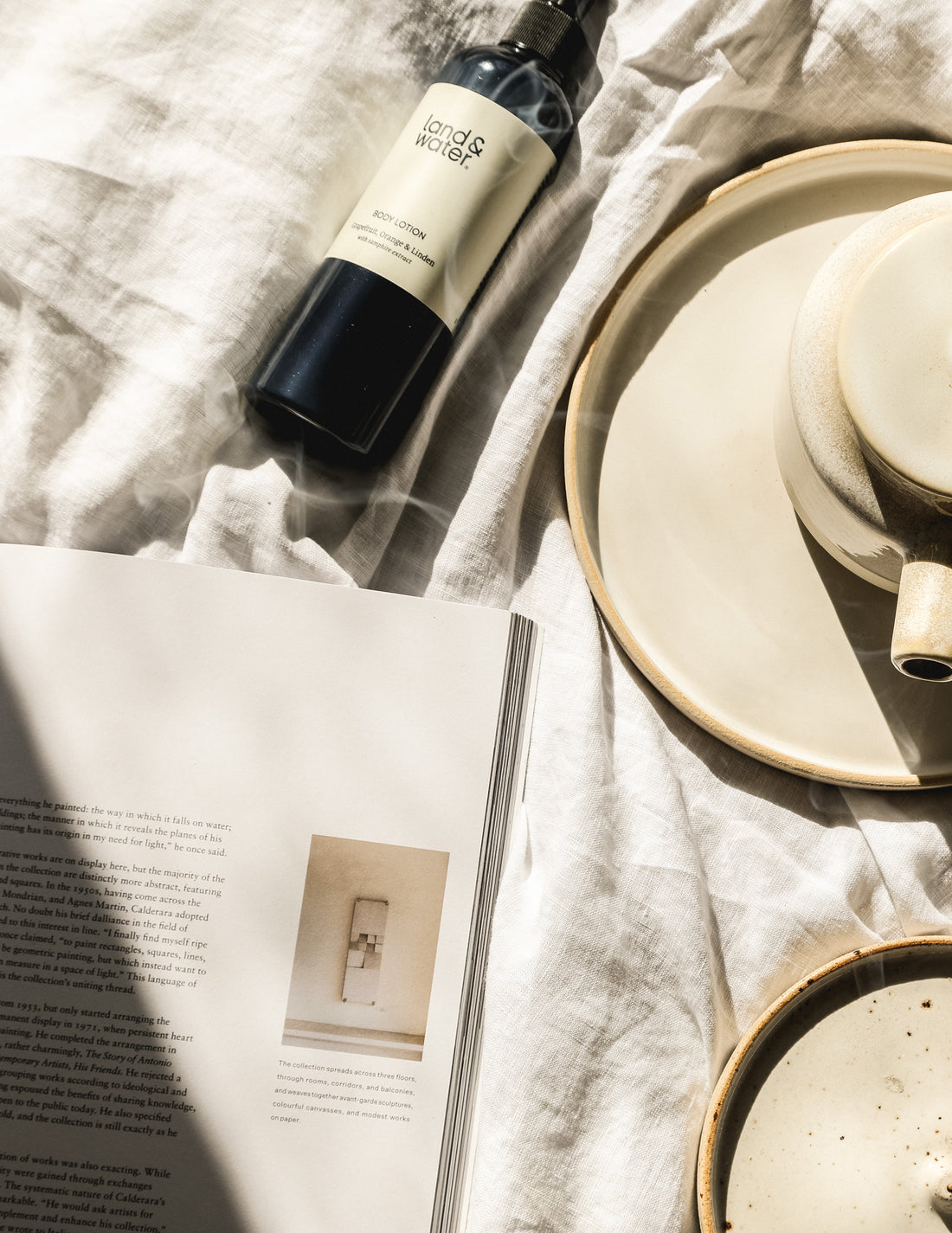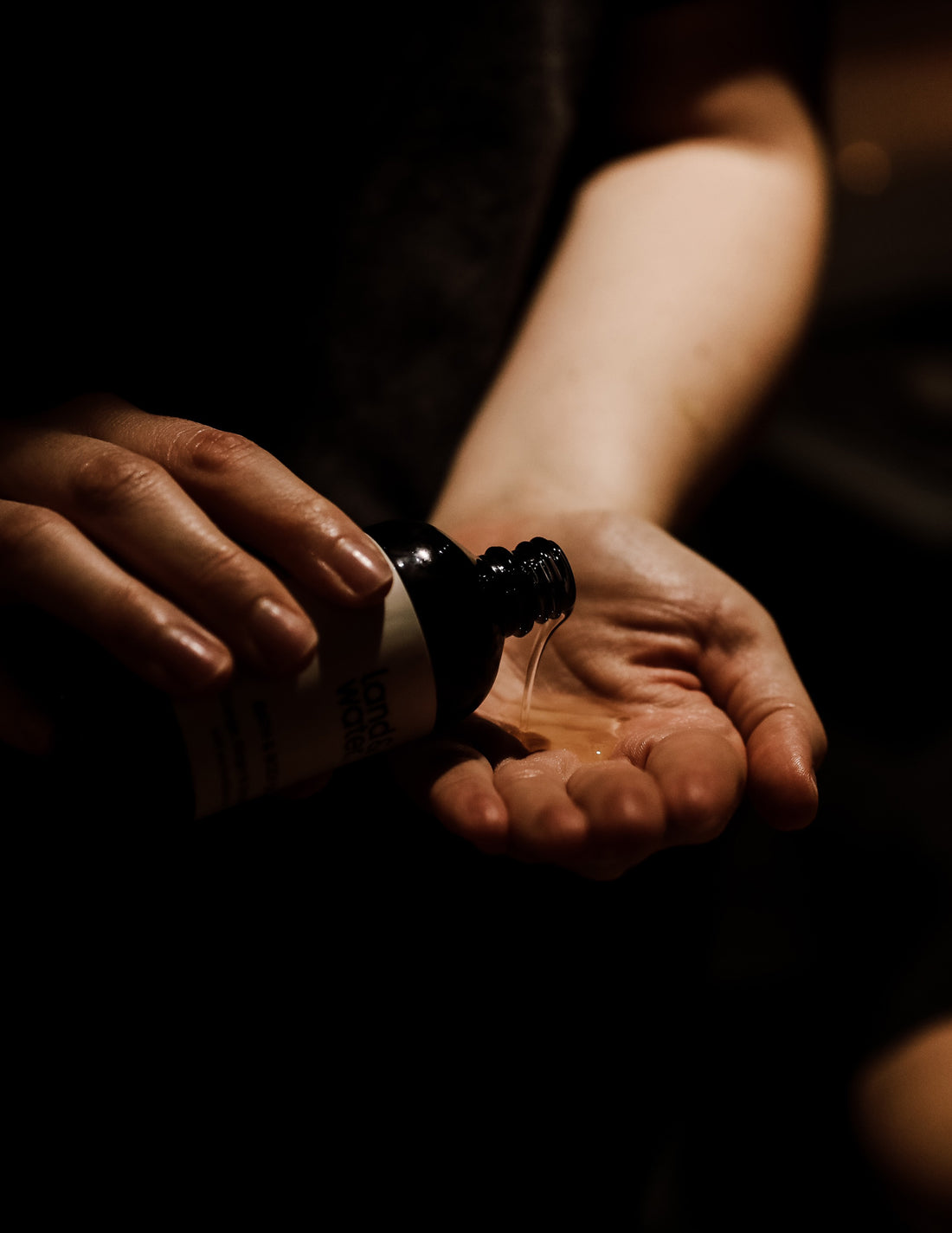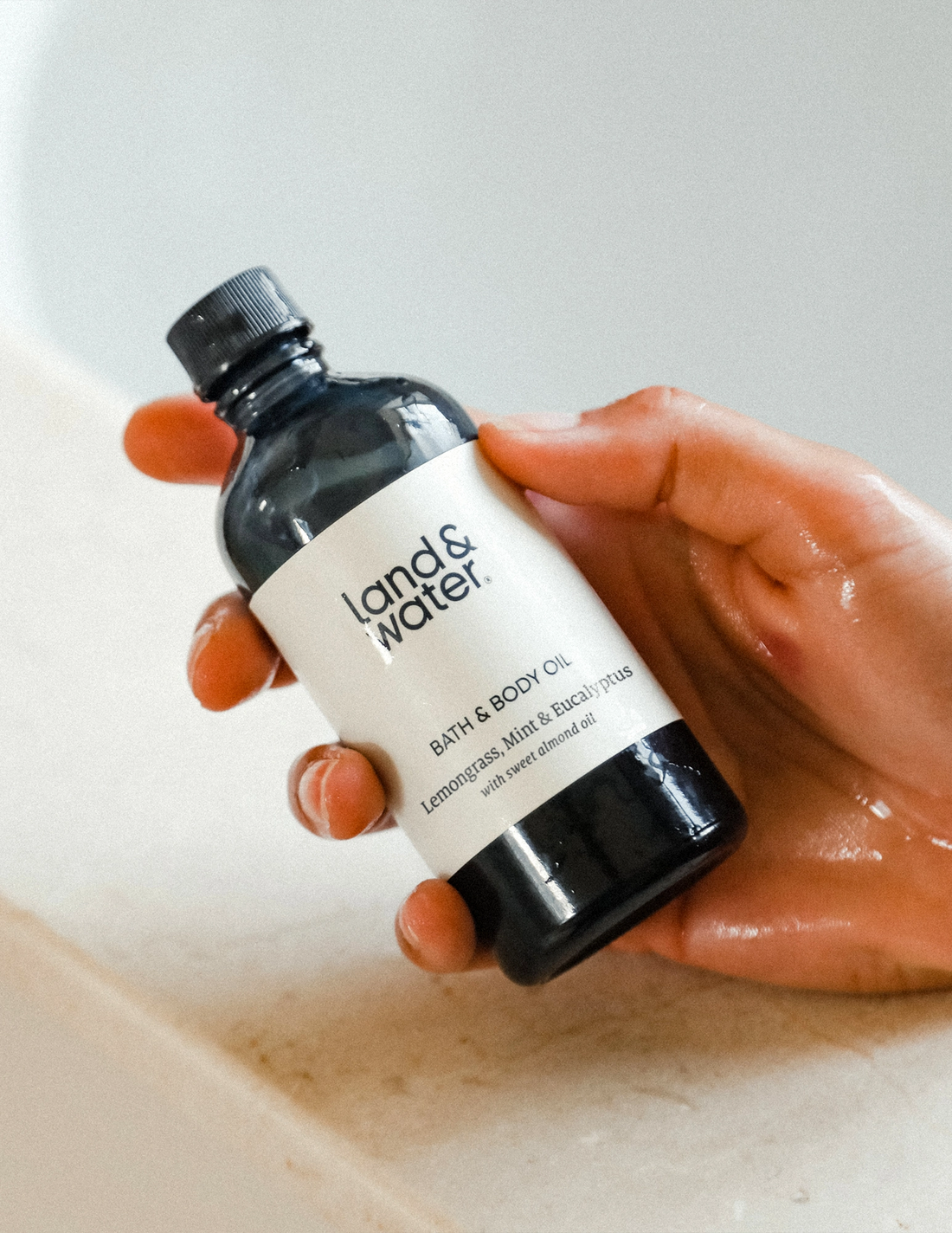Just as we feel invigorated by a lick of ocean breeze, rays of vitamin D and wild terrain, sea buckthorn also thrives in the elements where land meets sea. From shiny horses, to astronauts, to the perfect gin and tonic, we discover more about this ‘holy fruit’ and wonder berry…
An essential ingredient in land&water oils and scrubs, sea buckthorn – also known as sandthorn, sallowthorn or seaberry – flourishes on rocky cliffs and sea-sprayed dunes. Native to northwest China and Mongolia, as well as the Atlantic coast of Europe, its tiny orange berries are packed with natural antioxidants and skin rejuvenating properties.

Historically, Russian astronauts used sea buckthorn to protect their skin. And while we may not need protection from cosmic radiation, we’ve gathered a few more down-to-earth reasons we love using it:
- Natural after-sun: A great antidote to a sunny day out in the elements, sea buckthorn is naturally full of antioxidants, which can help protect the skin against sun damage, reduce inflammation following UV exposure and even protect your body against aging. Applied directly to the skin in lotions, oils and scrubs, it may help to prevent skin dryness, stimulate skin regeneration and heal wounds more quickly.
- Time to shine: Sea buckthorn’s botanical name, Hippophae, translates to ‘shiny horse’, because it was used by ancient Greeks to give horses lustrous coats. This is down to it being such a rich source of essential fatty acids including omega 3 and omega 6. The seed oil has a particularly high ratio of heart-protecting, inflammation-busting, brain-building omega 3, which is often lacking in the average Western diet. In fact, sea buckthorn oil may be one of the only plant foods known to provide all four omega fatty acids (omega 3, omega 6, omega 7 and omega 9), which all help to make your skin glow.
- Packed with vitamins: They might be small, but sea buckthorn berries are bursting with vitamins and minerals. These tiny orange berries boast around eight times more vitamin C per 100g than an average orange. They also contain impressive amounts of vitamins A, B1, B2, E and K (the third highest source of vitamin E in the plant world, according to a study by the University of Saskatchewan in Canada and the Indian Institute of Technology). Great for vegans, the berries and seed oil also contain vitamin B12, a critical nutrient for red blood cells and nerve tissue that is rarely found in plant sources.
- Ready to fly?: Legend has it that sea buckthorn berries were the main source of food for Pegasus, the mythical Greek horse, bestowing his powers to fly. It’s also said that Genghis Khan and his soldiers used sea buckthorn berries and leaves to restore their strength after battle. Sea buckthorn juice was the official drink used by Chinese athletes during the 2008 Beijing Olympics – they won 51 gold medals, although the link between the two has never been proven!
- Health boosting: More certain, however, is that the red-orange oil that comes from sea buckthorn seeds and pulp contains a high level of flavonoids – plant compounds that boost the immune system and help your body fight infections. The seeds and leaves are especially rich in quercetin, a flavonoid linked to lower blood pressure, improved blood cholesterol levels and a reduced risk of heart disease.
- Curiously tart: Imagine pineapple, but without any of its sweetness – that’s essentially the taste of sea buckthorn berries. While this intensely tart, citrusy flavour may not be initially appealing, don’t knock the power of this superfood to enhance your diet. It’s a great addition to jams, jellies, salad dressings, cheesecakes and cocktails. And if you don’t mind a blast of sourness, throw some frozen berries into your favourite smoothie.

-
Great with gin: A distinctively wild and refined Sea Buck Tonic is handcrafted by a duo in St Ives, using a unique mix of Cornish spring water, sea buckthorn berries and quinine-producing cinchona berries. This makes a great gin and tonic after a day out in the elements – or add a few sea buckthorn berries as a garnish for your G&T.
- Strong roots: With its strong basal root system, sea buckthorn plants have been planted on river banks to stablise erosion, as well as for creating barrier hedges and windbreaks in landscaping. The shrubs have also been planted in dry riverbeds in northwestern China, to increase water retention in the soil. Its moisture conservation and nitrogen-fixing properties mean other vegetation often thrives in areas where sea buckthorn has been planted. In Cornwall, the first sea buckthorn plantation is near Lostwithiel, providing the ingredients for Colwith Farm Distillery’s Sea Berry Vodka.



